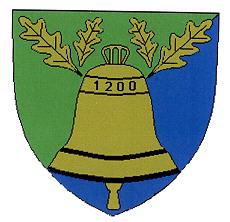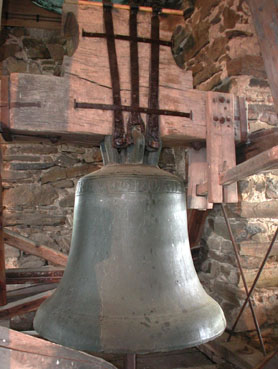Sankt Martin-Karlsbach: Difference between revisions
Knorrepoes (talk | contribs) m (Text replace - "'''Origin/meaning :'''<br>" to "====Origin/meaning====") |
Knorrepoes (talk | contribs) m (Text replace - "|width="15%"|50 px|right |}" to "|width="15%"|50 px|right |}<seo title="Wappen, Gemeindewappen" />") |
||
| Line 3: | Line 3: | ||
|width="70%" align="center" |'''Heraldry of the World<br>Civic heraldry of [[Austria]] - [[Austria|Österreichische Gemeindewappen]]''' | |width="70%" align="center" |'''Heraldry of the World<br>Civic heraldry of [[Austria]] - [[Austria|Österreichische Gemeindewappen]]''' | ||
|width="15%"|[[File:Austria.jpg|50 px|right]] | |width="15%"|[[File:Austria.jpg|50 px|right]] | ||
|} | |}<seo title="Wappen, Gemeindewappen" /> | ||
'''SANKT MARTIN-KARLSBACH''' | '''SANKT MARTIN-KARLSBACH''' | ||
Revision as of 13:21, 7 November 2012
| Heraldry of the World Civic heraldry of Austria - Österreichische Gemeindewappen |
SANKT MARTIN-KARLSBACH
State : Niederösterreich
District : Melk
Origin/meaning
The arms were officially granted on October 4, 1981.
The blue and gold colours are taken from the arms of the State of Niederösterreci, the green refers to the Hengstberg (stallion-mountain) area, which is heavily forested and was already settled in ancient times. The bell shows the landmark of the community, an “Oktavglocke”(a bell ranging a full octave) from the year 1200, showing the inscription “ O REX GLORIAE VENI CUM PACE” and the roman numerals MCC. The bell is unique and probably last preserved one of the famous bell-foundry at the time of the Babenbergers.
The story goes that this bell was hidden in the ground at the time the Turks captured the country (1529), and was dug out by wild boars. It is told it was found at the Hochfeld near the two big lime trees in the municipality.
| The bell of St. Martin (source |
The four golden oak leafs refer to the impressing 1000 year old oak in the north of Ennsbach, which was sadly devastated in a thunderstorm in spring 1935. There goes the story that it was planted by the triumphant earls Audaker and Grahaman after the combat against the Avars in the 9th century.
Literature : Image provided by Werner Pfeiffer, information by Manuela Moser


